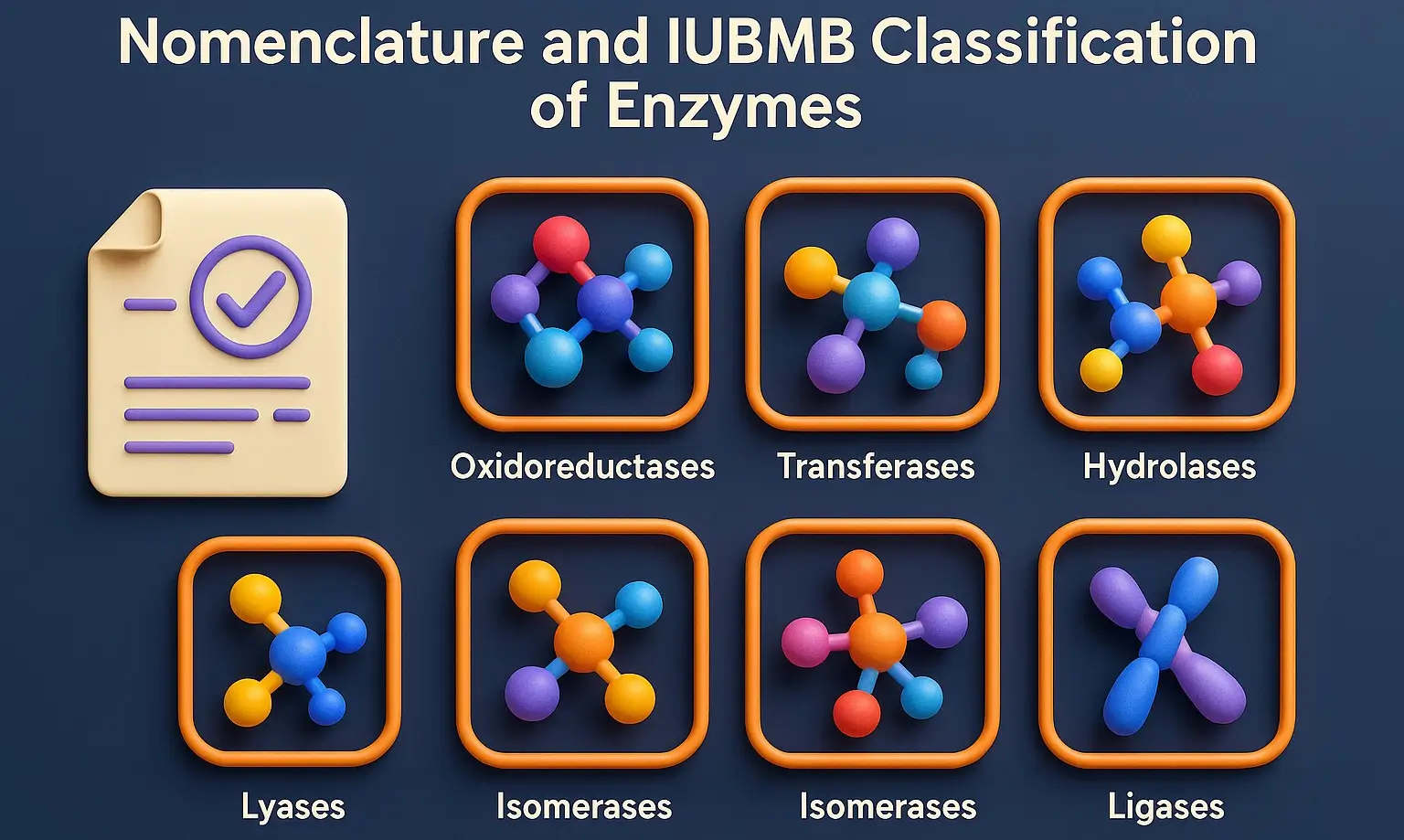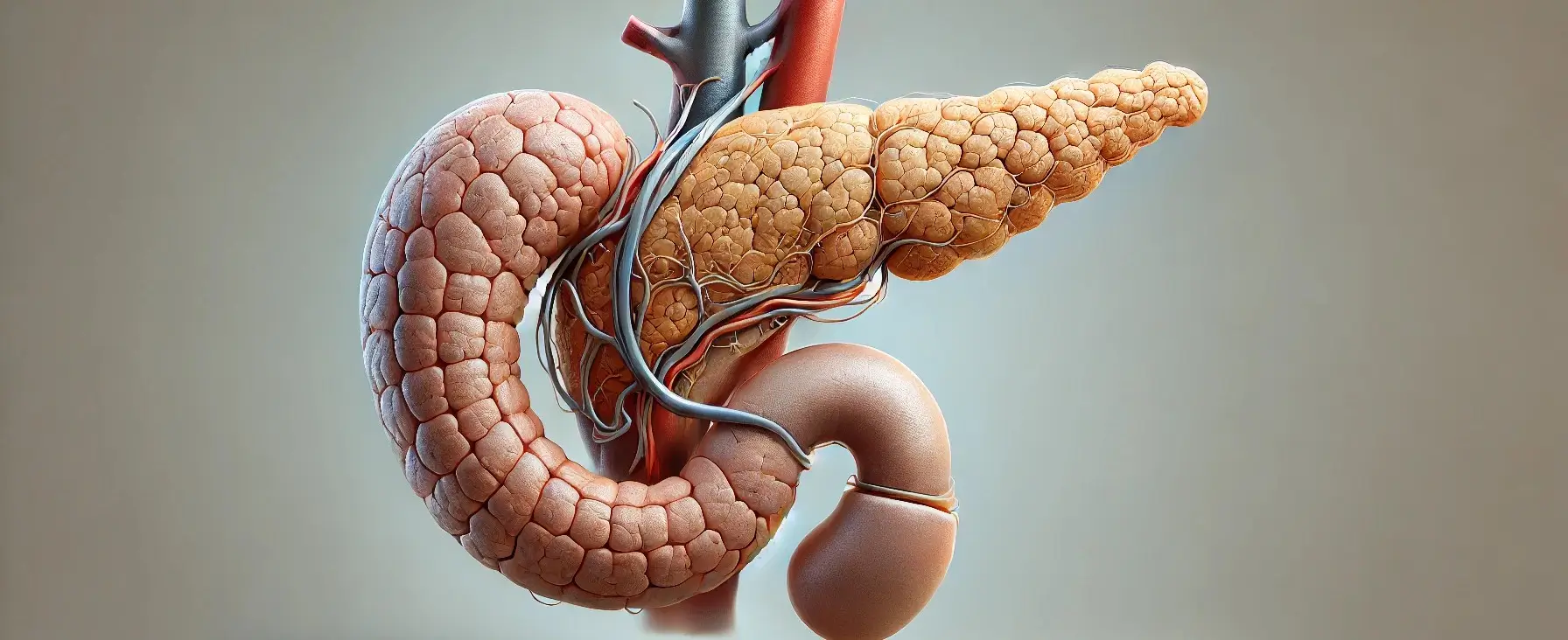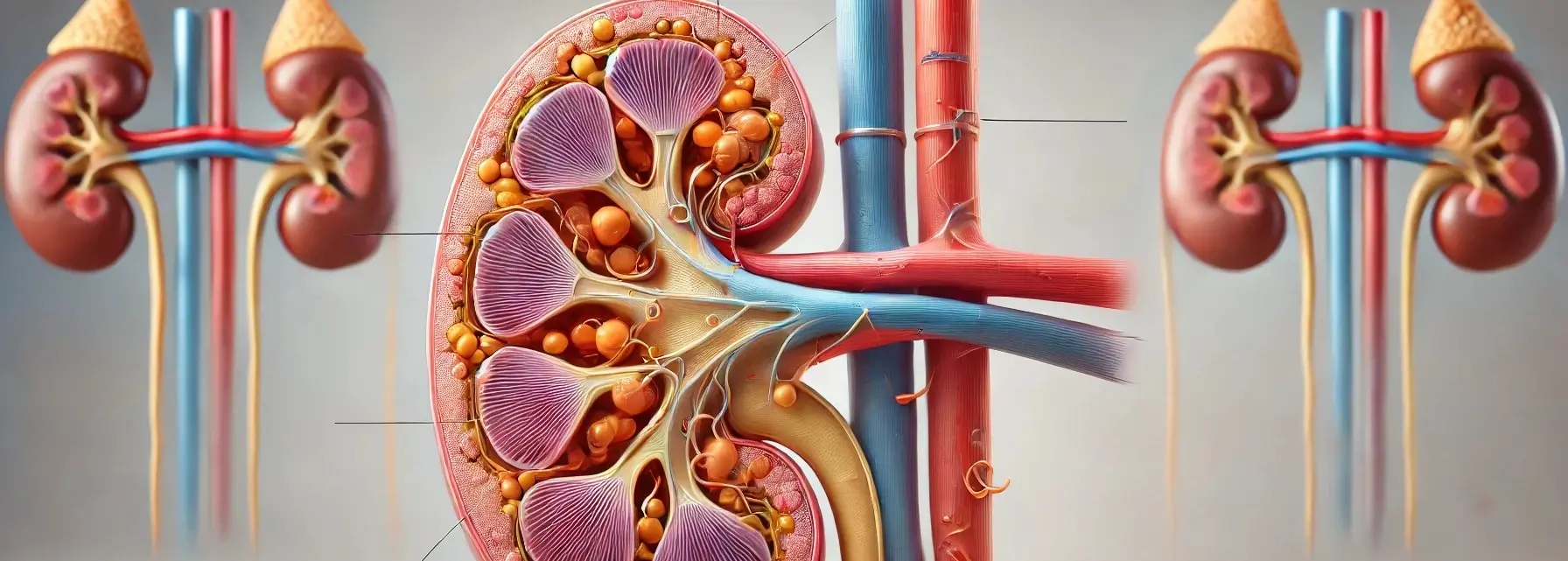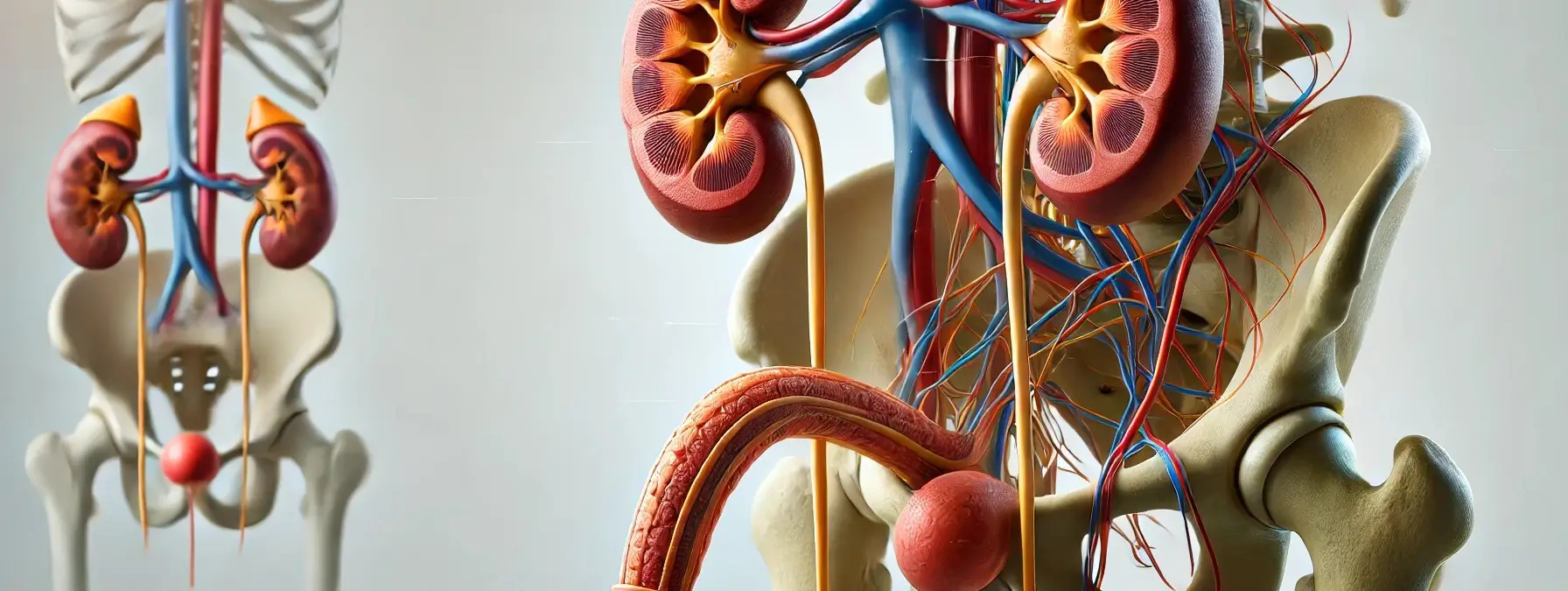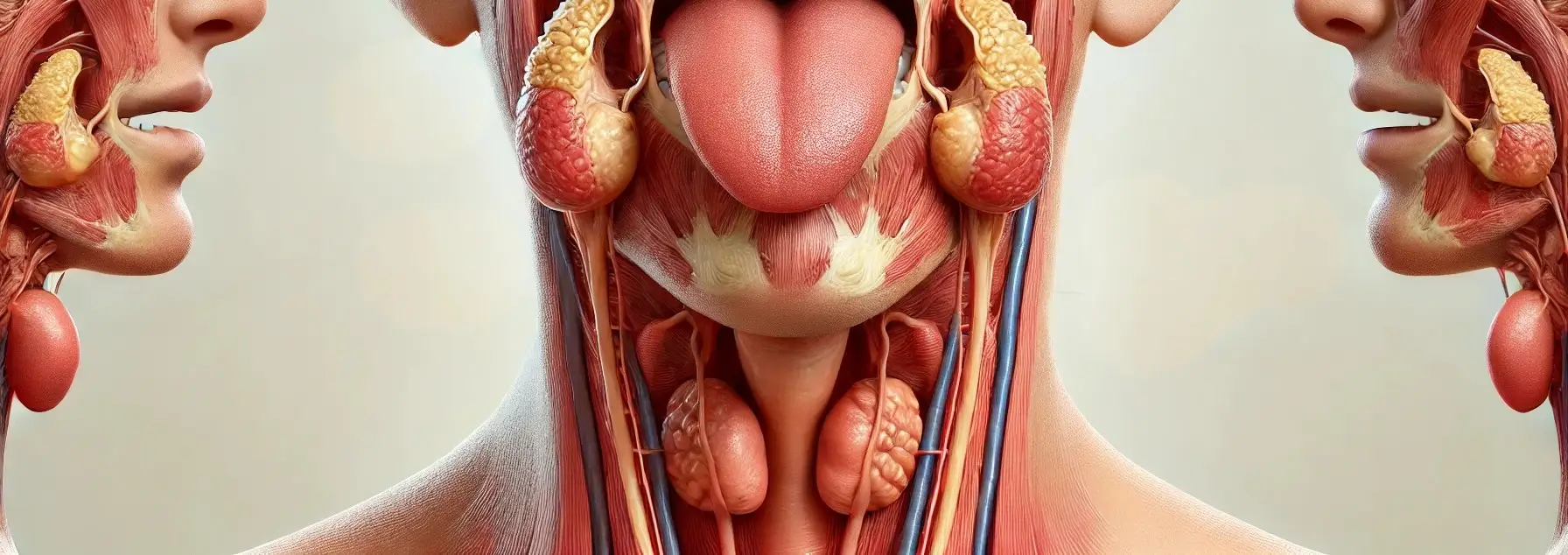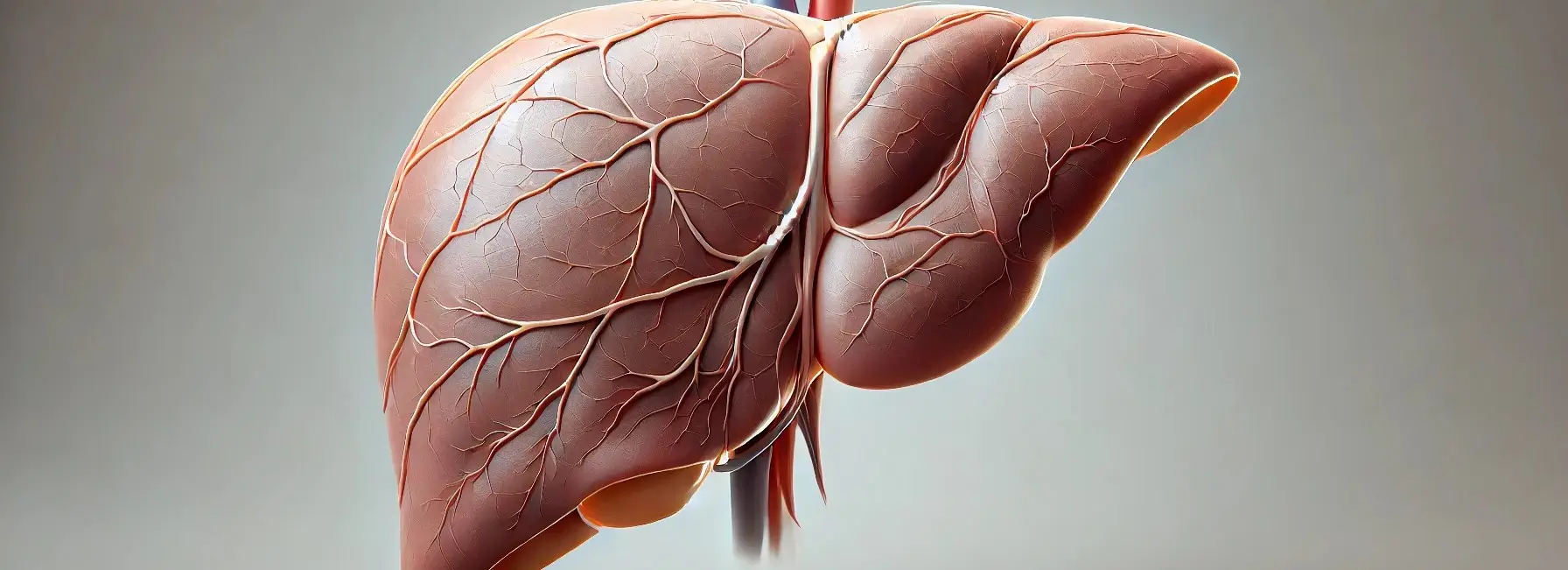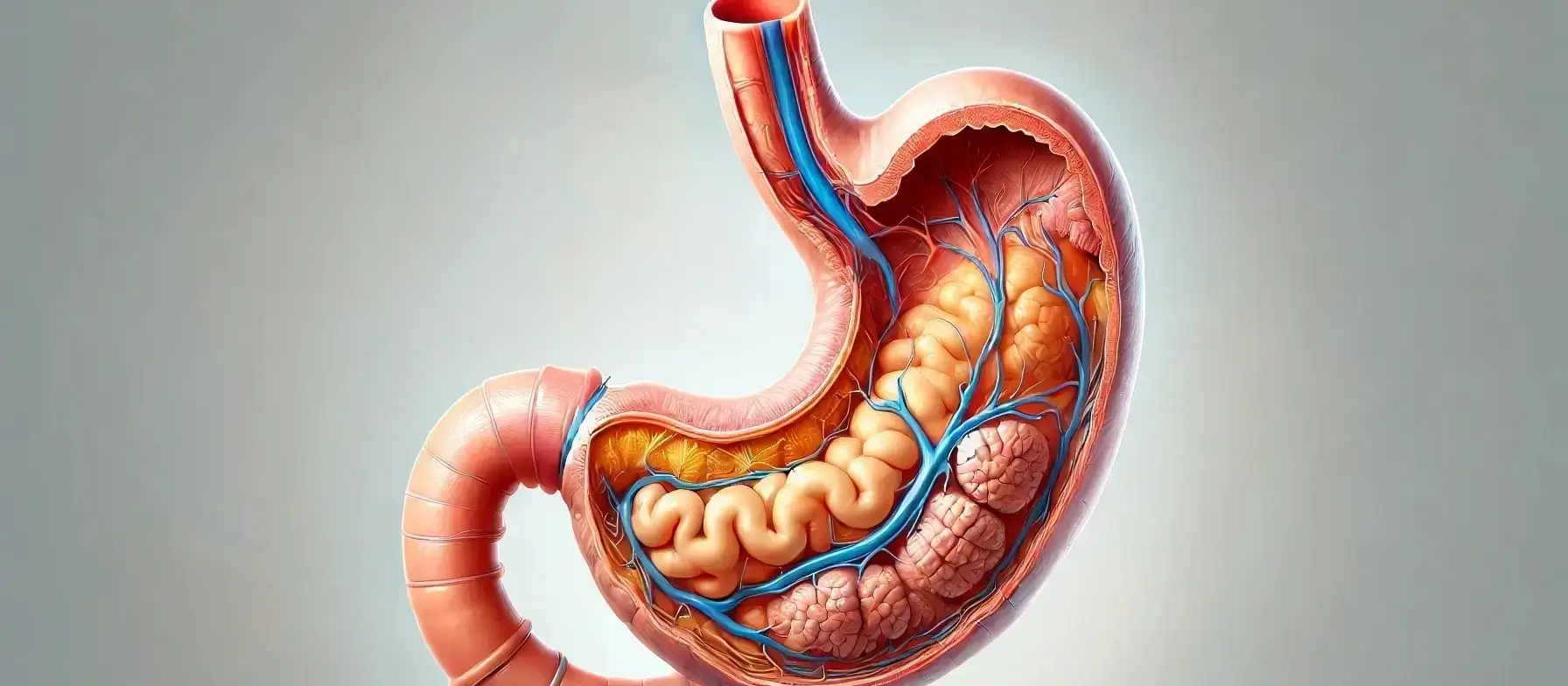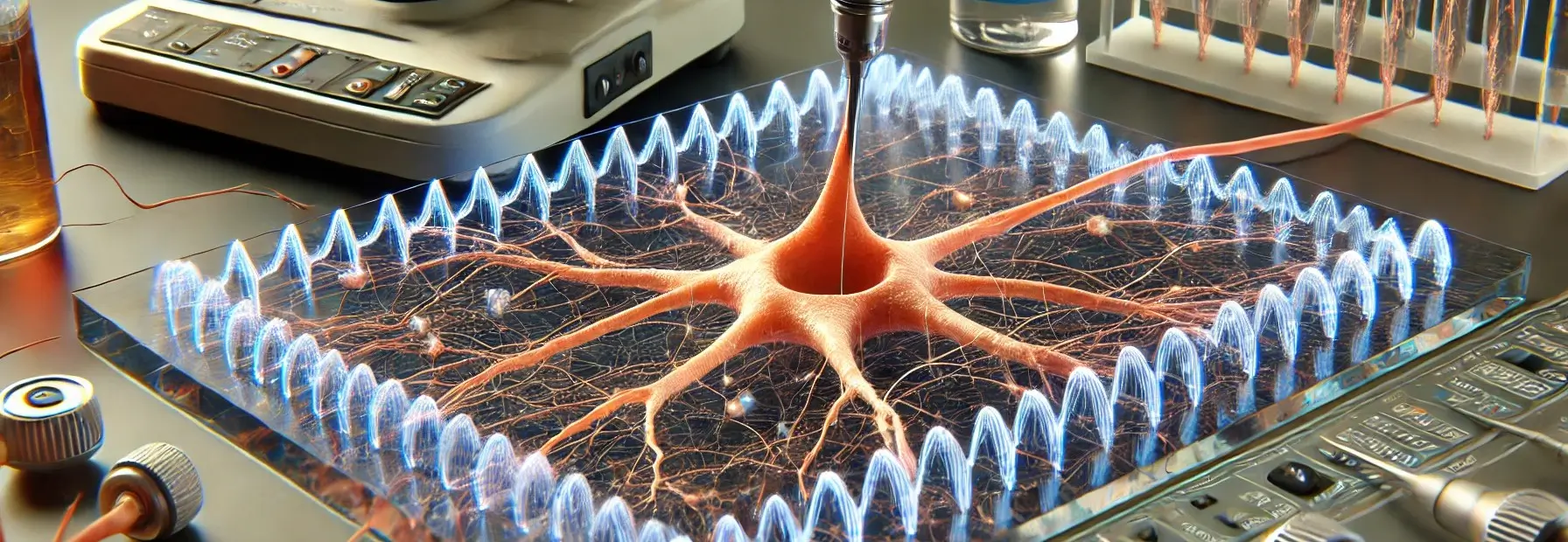Nomenclature and IUBMB Classification of Enzymes
The nomenclature and IUBMB classification of enzymes refers to the systematic method used to name and categorize enzymes based on the chemical reactions they catalyze. nomenclature and IUBMB classification of enzymes system is governed by the International Union of Biochemistry and Molecular Biology (IUBMB). Enzyme Nomenclature Systematic and Descriptive Naming: Enzymes are named systematically to … Read more

